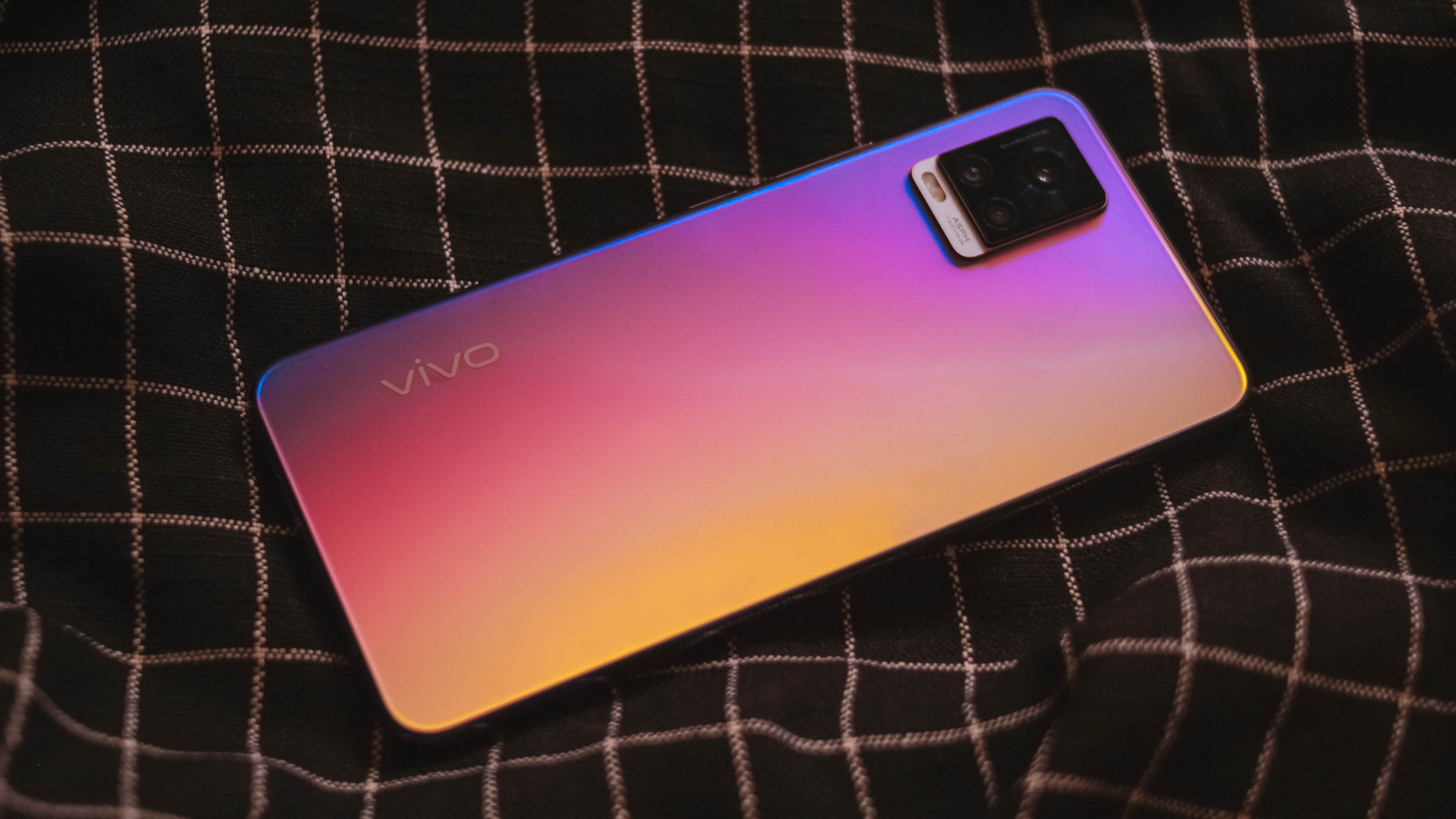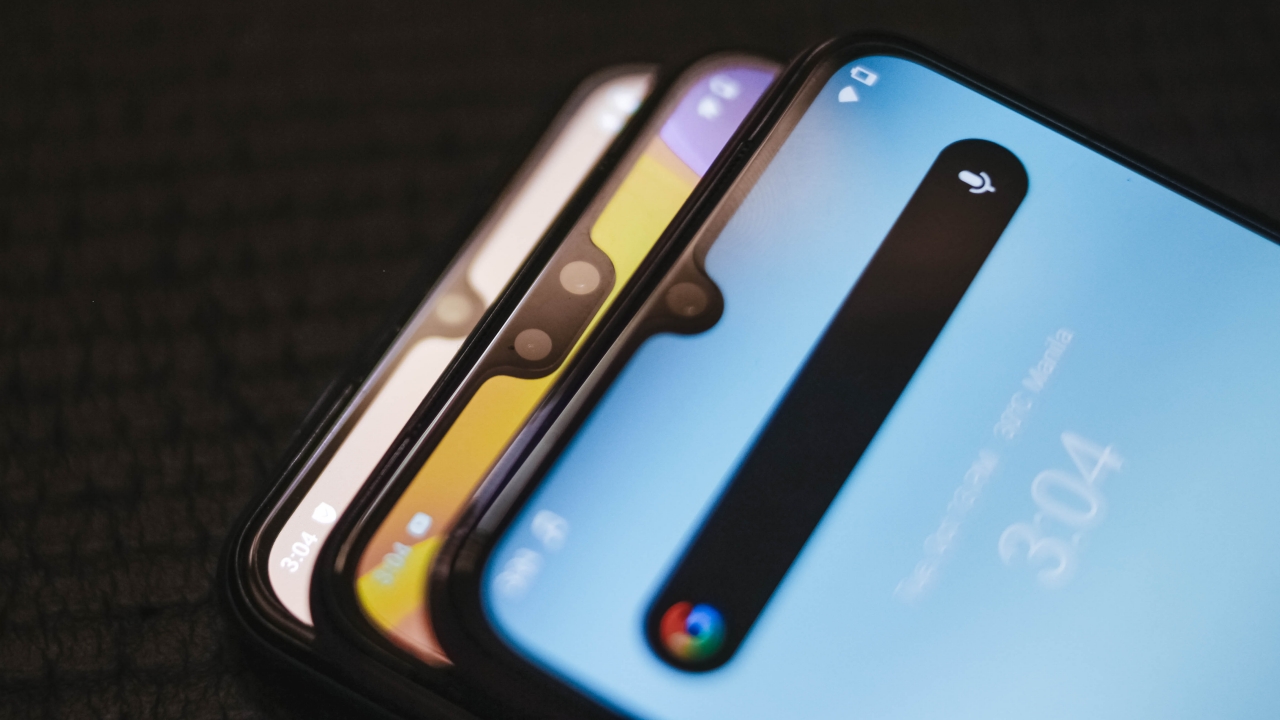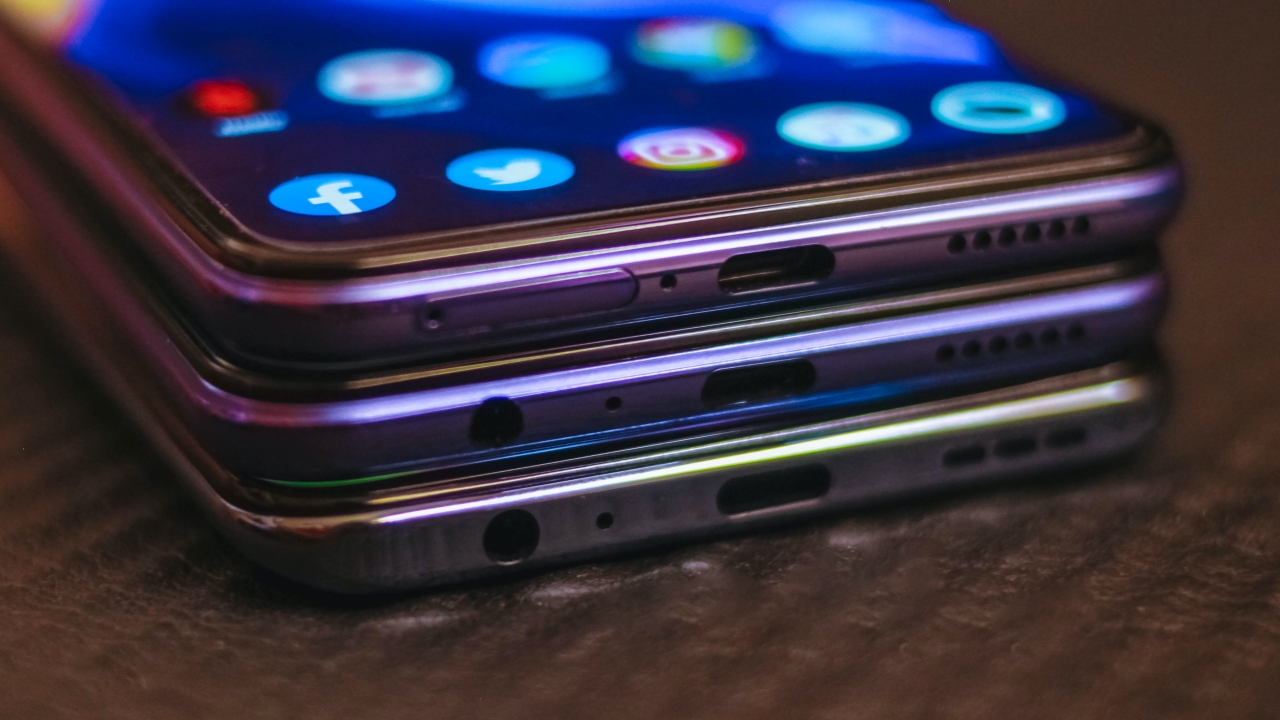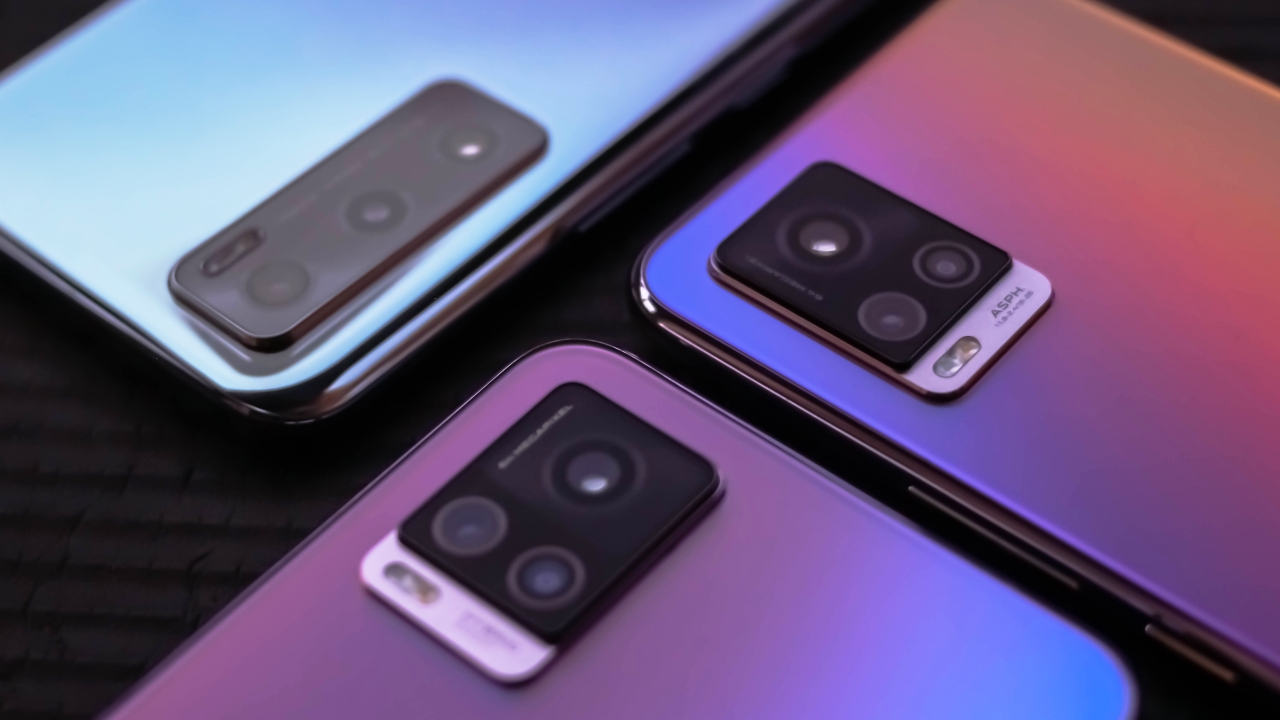News
vivo launches the V20 Series in the Philippines
The more, the merrier
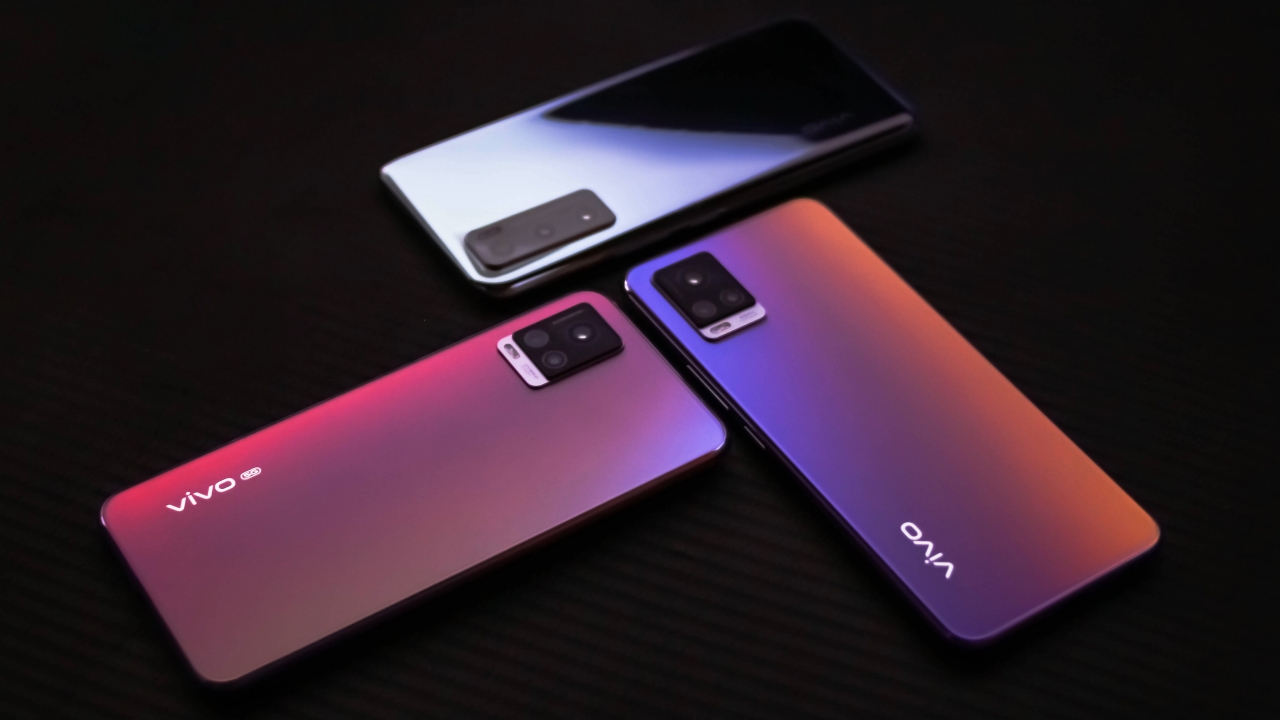
It’s only been four months since vivo launched two V19 models, but they already have a new V-series in the line.
Say hello to the newest V20 series! Instead of two, they’re making it three this time.
Design
There’s a fine line between V20 SE’s design compared to its more powerful siblings. The V20 SE, being the cheapest, has a back made out of plastic.
Meanwhile, the V20 and V20 Pro are pretty much alike with a smooth glass back. A nifty difference is that, the V20 Pro is a little bit smaller and slimmer at 7.39mm than the V20 due to slimmer display bezels.
Display
Speaking of display, all phones are packed with a 6.44-inch AMOLED Full HD+ display but instead of punch-hole cameras found on the V19 series, vivo has decided to bring back display notches.
The obvious distinction can be seen in V20 Pro’s wider display notch due to the presence of dual front cameras. Meanwhile, the V20 and V20 SE both feature a single, dewdrop notch. As an added ‘Pro’ feature, the V20 Pro supports HDR10 while the latter don’t.
All variants are equipped with vivo’s in-display fingerprint scanner technology.
Performance
What sets these three apart from each other are the processors they use. The basic V20 SE is equipped with Snapdragon 665 while the V20 has the Snapdragon 720G processor. Meanwhile, the V20 Pro uses a Snapdragon 765G processor. All models come with 8GB of RAM and 128GB of base storage with slots for microSD card for the lower variants. The V20 Pro doesn’t support microSD expandability.
The V20 SE has the biggest battery at 4,100mAh while the V20 and V20 Pro both feature 4,000mAh. All models are bundled with vivo’s 33W FlashCharge adapter that promises up to 65 percent of battery level in just a thirty minute-charge.
All V20 units run on Funtouch OS 11 based on Android 10.
Connectivity
All units come with USB-C ports and a set of mono speakers. Other than the exclusion of microSD card slot, the V20 Pro also doesn’t have a 3.5mm audio jack while the V20 and V20 SE clearly has it in place. Don’t worry, the V20 Pro has a bundled USB-C to 3.5mm audio jack adapter for those who still desire the audio plugging.
As an addition to its ‘Pro’ naming, the V20 Pro is the only phone that supports 5G out of the box.
Cameras
Both the V20 and V20 Pro sport the same 64-megapixel f/1.89 wide lens plus a 2-megapixel mono lens. On the other hand, the V20 SE only has a 48-megapixel f/1.8 lens paired with a 2-megapixel depth sensor. To lessen the confusion, all models come with an 8-megapixel f/2.2 ultra-wide camera.
With the notches in mind, all models also feature a 44-megapixel f/2.0 wide selfie camera but the V20 Pro has an additional 8-megapixel f/2.2 ultra-wide lens for an added focal length when shooting selfies.
Pricing and Availability
The vivo V20 SE is the cheapest in the bunch which sells for just PhP 15,999. It’s available in Gravity Black and Oxygen Blue options.
Next in line is the V20 priced around PhP 19,999 while its 5G sibling, the V20 Pro, retails at PhP 24,999. Both phones come in two common colorways: this psychedelic Sunset Melody variant and the Midnight Jazz that leans more into black. The V20 Pro only has the Moonlight Sonata option that’s clearly based on white.
These phones are available for pre-order through their official Lazada and Shopee channels. Pre-orders run from October 23 (Friday) until October 29 (Thursday).
Early buyers of the vivo V20 Pro will receive a PhP 7,999-worth gift set including a JBL Go2 Bluetooth Speaker, a noise-cancelling wireless earbuds, additional six months screen warranty and also an extended warranty of up to two years. Those who will pre-order the V20 will receive a similar gift set as the V20 Pro minus the JBL G02 Bluetooth Speaker.
Meanwhile, buyers who will pre-order the V20 SE will receive a 10,000mAh mega powerbank, additional six-month screen warranty, and also a warranty coverage of up to two years worth PhP 3,899.

News
Xiaomi Redmi A3 Philippine pricing, availability
Budget smartphone with high refresh rate display

Xiaomi is bringing high refresh rate displays to its budget line with the announcement of the Redmi A3. The latest addition to the entry-level Redmi line boasts of an expansive 6.71-inch HD+ display with up to a 90Hz refresh rate.
The Redmi A3 is available in Midnight Black, Star Blue, and Forest Green. The smartphone is priced at PhP 3,399 (3GB+64GB) and PhP 3,999 (4GB+128GB) respectively for its two configurations.
Customers may preorder the phone until April 27 via Lazada, Shopee, and TikTok. General sale begins April 26th in all Xiaomi stores nationwide. Freebies are a Basic Piston Earphone for online purchases and a 3-month Viu Premium subscription for in-store purchases.
The Redmi A3’s immersive screen allows users to consume various content in high-definition with better smoothness, a boost for a phone of its price point. The screen has Corning Gorilla Glass 3 protection as well, and DC dimming to reduce blue light exposure.
The phone also sports a refined design that lets go of the iPhone-looking camera arrangement. Instead, the main camera is now in the middle as part of a watch face-looking setup similar to other Android phone offerings.
Speaking of, an 8MP main shooter highlights the back of the Redmi A3. In front is a 5MP front camera. The phone is powered by a MediaTek Helio G36 processor and runs on an Android 14-based OS. Furthermore, it has a 5,000mAh battery with 10W of USB-C charging.
Other handy Redmi A3 features for users to utilize include a 3.5mm jack, Face Unlock, and Fingerprint Unlock.
For the longest time, Google kept Pixel and Android behind two different teams. While the Pixel team dealt with devices made by and for the brand, the Android team ships a product meant for brands outside of the company’s purview. However, the days of separation are at an end. Google is officially merging its Pixel and Android teams together.
In a shocking announcement, the company has confirmed that the teams handling hardware and software will fall under a single team headed by Rick Osterloh. Prior to the merge, Osterloh was the senior vice president of devices and service, which was Google’s hardware branch. He will now oversee both hardware and software.
Because of the new leadership change, Hiroshi Lockheimer, former head of Android, will now move on to other projects within Alphabet. Of note, the change is not harsh for Lockheimer. He and Osterloh had been contemplating on the merge for a while.
Now, why the change? As is the case with everything today, it’s all because of AI. Speaking to The Verge, Osterloh explains that the merge will help with “full-stack innovation.” With how technology is these days, it’s now impossible to develop AI without having a close eye on hardware, such as in Google’s AI developments for the Pixel camera. Merging the teams will help streamline development, especially when hardware is involved.
Despite the change, outside brands, like Qualcomm’s Cristiano Amon, remains confident of Android’s capabilities outside of Google. Just expect more AI coming out in the near future.
Since the Pixel 6 series, Google continues to wow the market as one of the most unique camera designs available in the market today. This year, the brand’s Pixel 9 series might reinvent itself again with a slightly updated redesign.
Between the Pixel 6 and Pixel 8 series, Google introduced a wraparound camera island extending from the left edge to the right edge. While most smartphones today still use the traditional top-left island layout, Google’s lineup consistently grabs admiration from onlookers.
Now, according to an early leak (from Rozetked, via 9to5Google), Google might cut the camera island’s size before it reaches either side of the Pixel 9. The remaining chunk looks like a horizontal pill-shaped camera island right in the middle of the rear panel. It looks like a common camera island comically enlarged and turned on its side. Alternatively, it also looks like a webcam attached to a phone.
Based on the new leak, the new camera island will have three unknown lenses, the usual LED flash, and an unconfirmed sensor. Besides the different camera, the leak also confirms the usual tray of hardware on the side. There’s nothing too revolutionary.
As always, the Pixel 9 series is scheduled to come out in the fall of this year.
SEE ALSO: Pixel 9 series will reportedly come in four models
-

 Features1 week ago
Features1 week agoFortify your home office or business setup with these devices
-

 Events2 weeks ago
Events2 weeks agoStellar Blade: PlayStation taps cosplayers to play Eve for game’s launch
-

 Gaming2 weeks ago
Gaming2 weeks agoThe Rogue Prince of Persia looks like an ultra-colorful roguelite
-

 Accessories2 weeks ago
Accessories2 weeks agoLogitech unveils G Pro X 60 gaming keyboard: Price, details
-

 Gaming2 weeks ago
Gaming2 weeks agoStar Wars Outlaws release date revealed
-

 Reviews1 week ago
Reviews1 week agorealme 12+ 5G review: One month later
-

 Gaming2 weeks ago
Gaming2 weeks agoLenovo confirms development of a Legion Go 2
-

 Deals2 weeks ago
Deals2 weeks agoTCL P635 TV: Big savings for TCL’s anniversary


